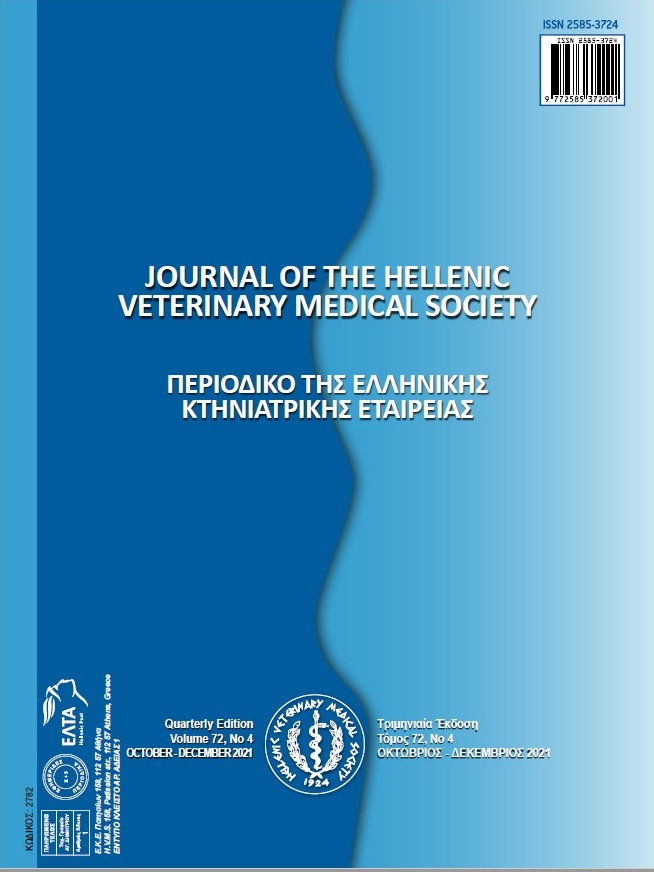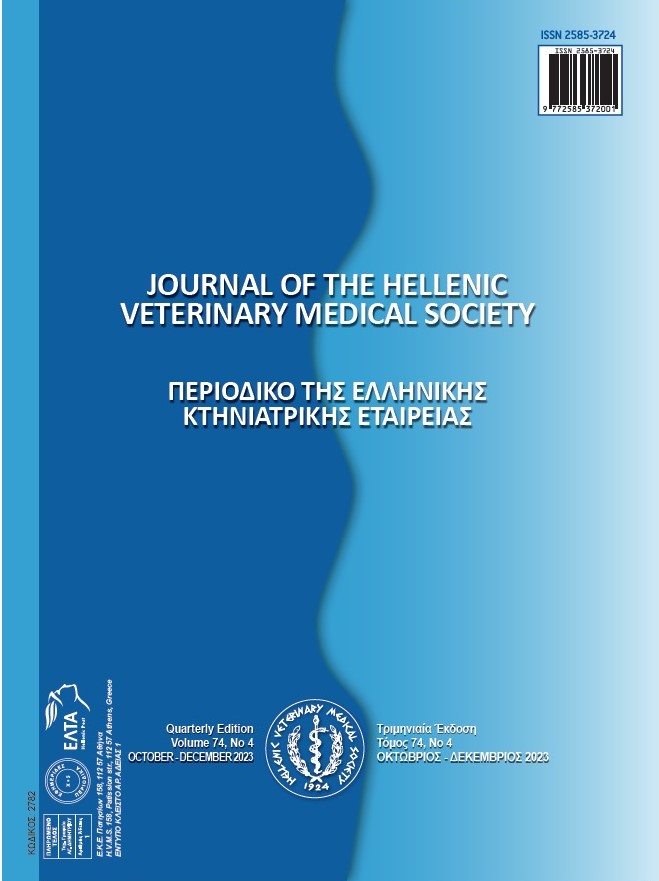Investigation of bovine interleukin-6 gene polymorphism and its association with Cryptosporidium infection in calves
Abstract
Interleukin-6 (IL-6) is associated with inflammatory diseases, but its connection with Cryptosporidium in Holstein calves remains unknown. This study aimed to investigate the effect of single nucleotide polymorphisms (SNPs) of IL-6 on the resistance and susceptibility to Cryptosporidium in calves and to prepare a phylogenetictree in order to show the relation between Cryptosporidium species. Seventy-two samples were studied from healthy and infected with Cryptosporidium calves and genotyped using the tetra amplification refractory mutation system (ARMS). The phylogenetic tree was constructed by the neighbor-joining method using the MEGA 7.0 software. The results showed a frequency of 76.40% for T allele and 23.60% for C allele in the healthy calves, while the results showed a frequency of 73.60% for T allele and 26.40% for C allele in calves infected with Cryptosporidium. The results did not reveal a significant difference between healthy and infectious animals according to the allele frequency (P=0.637). The phylogenetic tree demonstrated that C. parvum (HQ259589.1) with an 81% bootstrap were clustered with C. hominis (KM012041.1). The results also indicated that C. parvum (HQ259589.1) and C. hominis (KM012041.1) had a common ancestor with C. cuniculus. Additionally, C. andersoni(HQ259590.1) with an 88% bootstrap of support was placed in the same clade of C. muris (L19069.1), and both of them had a common ancestor with C. serpentis(KF240618.1). Further studies are required to investigate the relation between SNPs of IL-6 in other regions and the resistance or susceptibility to Cryptosporidium in calves.
Article Details
- How to Cite
-
MESHKAT, M., SHEMSHADI, B., & AMINI, K. (2022). Investigation of bovine interleukin-6 gene polymorphism and its association with Cryptosporidium infection in calves. Journal of the Hellenic Veterinary Medical Society, 72(4), 3371–3376. https://doi.org/10.12681/jhvms.29429
- Issue
- Vol. 72 No. 4 (2021)
- Section
- Research Articles

This work is licensed under a Creative Commons Attribution-NonCommercial 4.0 International License.
Authors who publish with this journal agree to the following terms:
· Authors retain copyright and grant the journal right of first publication with the work simultaneously licensed under a Creative Commons Attribution Non-Commercial License that allows others to share the work with an acknowledgement of the work's authorship and initial publication in this journal.
· Authors are able to enter into separate, additional contractual arrangements for the non-exclusive distribution of the journal's published version of the work (e.g. post it to an institutional repository or publish it in a book), with an acknowledgement of its initial publication in this journal.
· Authors are permitted and encouraged to post their work online (preferably in institutional repositories or on their website) prior to and during the submission process, as it can lead to productive exchanges, as well as earlier and greater citation of published work.




